Alaskan Klee Kai
The Alaskan Klee Kai is a relatively young dog breed that belongs to the Spitz family of dog breeds. The Alaskan Klee Kai is similar to the Siberian Husky, who is their direct ancestor. The breeder that created the Klee Kai was a Husky lover but wanted a companion breed that won’t have a working pedigree and was more suited for a family pet.

Height:
13–17 in (33–43 cm)

Weight:
5-22 lb (2-10 kg)

Origin:
USA

Life Expectancy:
13-16 years
Dog Breed Characteristics
Temperament
The temperament of the Klee Kai is that of a little alert watchdog who will definitely let you know if anything suspicious is happening. This adorable little dog inherited some Husky traits, so don’t be surprised if they are vocal and easy to voice their displeasure. They are also prone to howling and barking, but not as much as their ancestor.
These dogs are known to be somewhat sensitive and love being the center of attention in their family. They will let you know if they are unhappy because of the lack of attention. Klee Kai dog is usually extremely shy around new people.
They are distrustful and need early socialization if you want a dog that will tolerate meeting other people. Even if you socialize with them the best you can, they might never be happy and too friendly around other people. Their distrust makes them excellent watchdogs.
Care and breed maintenance
Every future dog owner should know how to properly care for their dog, even before the new dog arrives. If you are getting one of these dogs, you should know some things about them. These dogs are energetic, which you might expect of a breed from a line of working sled dogs.
You will have to ensure them enough daily exercise and playtime because they will become destructive and develop behavioral problems if their needs are not met. This might be a smaller breed, but they are better suited for families with yards to run and spend their energy.
Caring about their coat might not require as much effort as other double-coated fluffy breeds, but that doesn’t mean they don’t need any coat care. They like to be neat and clean, so the Klee Kai loves to groom themselves. However, regular brushing will be required. You will need to brush them to control the amount of loose hair flying around your house. They shed year-round, and twice a year, they blow out their entire undercoat. That is during the shedding season.
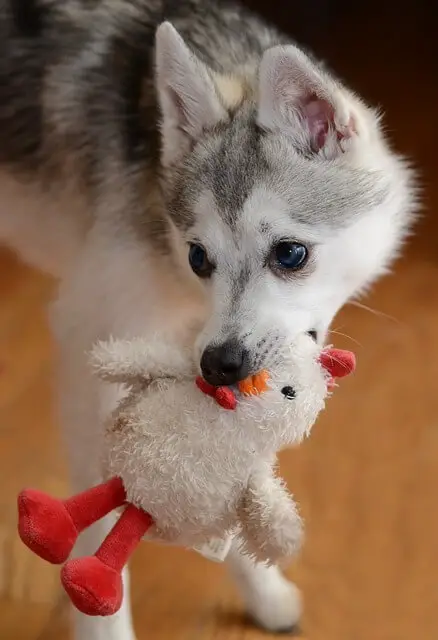
Here is an article that can help you control the crazy amount of dead hair during the shedding season.
Klee Kai size and standard
Unlike other Spitz-type dogs, the Alaskan Klee Kai dog comes in three sizes. All these sizes are considered a part of the same breed, and there is only a slight difference between them. The Klee Kai sizes are:
- Toy - Toy Alaskan Klee Kai is the smallest. They can be up to 13 inches tall and can weigh as little as 5 pounds.
- Miniature - Miniature Klee Kai is the middle-size variety. Miniatures are 13-15 inches tall.
- Standard - The Standard Alaskan Klee Kai is 15 - 17 inches tall and can weigh up to 22 pounds. Dogs over 17 inches are considered flawed, and over 17.5 inches should be disqualified.
The standard of an unrecognized breed is open to modifications and breeder influence.
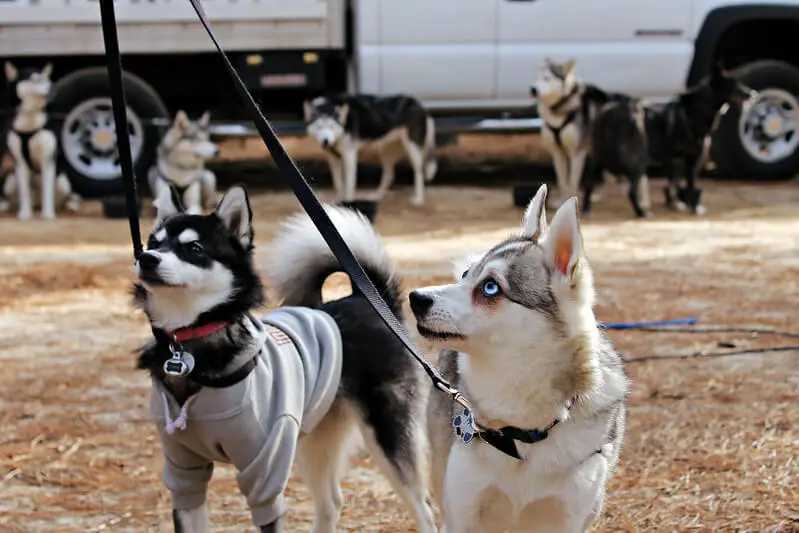 Photo by: Jessica Siebert
Photo by: Jessica Siebert
Getting an Alaskan Klee Kai puppy
Buying a puppy is always a delicate task that will require your time and patience. When getting a designer breed, that process might even be harder. There aren’t any established and recognized breeding clubs that can point you in the right direction. Take your time and ask the Klee Kai owner community for pointers on where to get a Klee Kai puppy.
Even if you are getting an unregistered breed, the approach to buying an Alaskan Klee Kai puppy should be the same as getting a pureblooded puppy. Find a good breeder and ask them as many questions as possible about their puppies. Ask for advice, and responsible breeders will always help you make an informed decision.
Designer breeds are often more sought-after than the pureblooded registered breeds we know, so don’t just get a dog because you see an ad showing Alaskan Klee Kai puppies for sale. Many backyard breeders don’t take good care of their breeding dogs and don’t check their health as they should. Be a knowledgeable buyer, and don’t fall for tricks from people who just want to make a quick buck.
Price
A big part of getting a dog is their price. In the case of “designer” breeds, many of them became more expensive than traditional dog breeds. The Alaskan Klee Kai price ranges from $1.500 - $3.000, and only if you are lucky enough to encounter a breeder with Klee Kai puppies available for sale.
World Dog Finder team

Updated at07.09.2023.
Breed History
The Alaskan Klee Kai is a breed created in the 1970s by Linda Spurlin and her dog-loving family. Mrs. Spurlin comes from Wasilla, Alaska, and was a long-time Husky lover. She was visiting Oklahoma when she encountered a tiny Siberian Husky. She immediately fell in love with the smaller version of the breed and decided to create a breed with similar characteristics.
Upon returning to Alaska, she decided to start working on her goal immediately and create an ideal version of a smaller Husky-type companion breed. Naturally, she used the Husky as the foundation and started adding different breeds so that the Klee Kai would end up smaller.
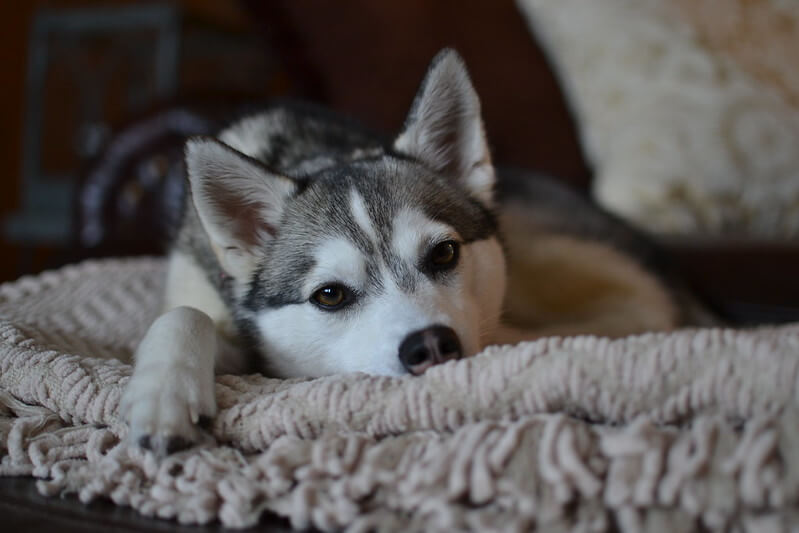 Photo by: Frank Guhlke
Photo by: Frank Guhlke
Usually, when breeders want to make a breed smaller, they include dogs with dwarfism and the smallest specimens. She went the other way and decided to introduce smaller breeds like the American Eskimo Dog, Schipperke, and the Alaskan Husky.
Their unusual name comes from an Inuit or Eskimo term “Klee kai,” which can be translated as a “small dog.” The breeder decided to name them to give homage to their Nordic heritage.
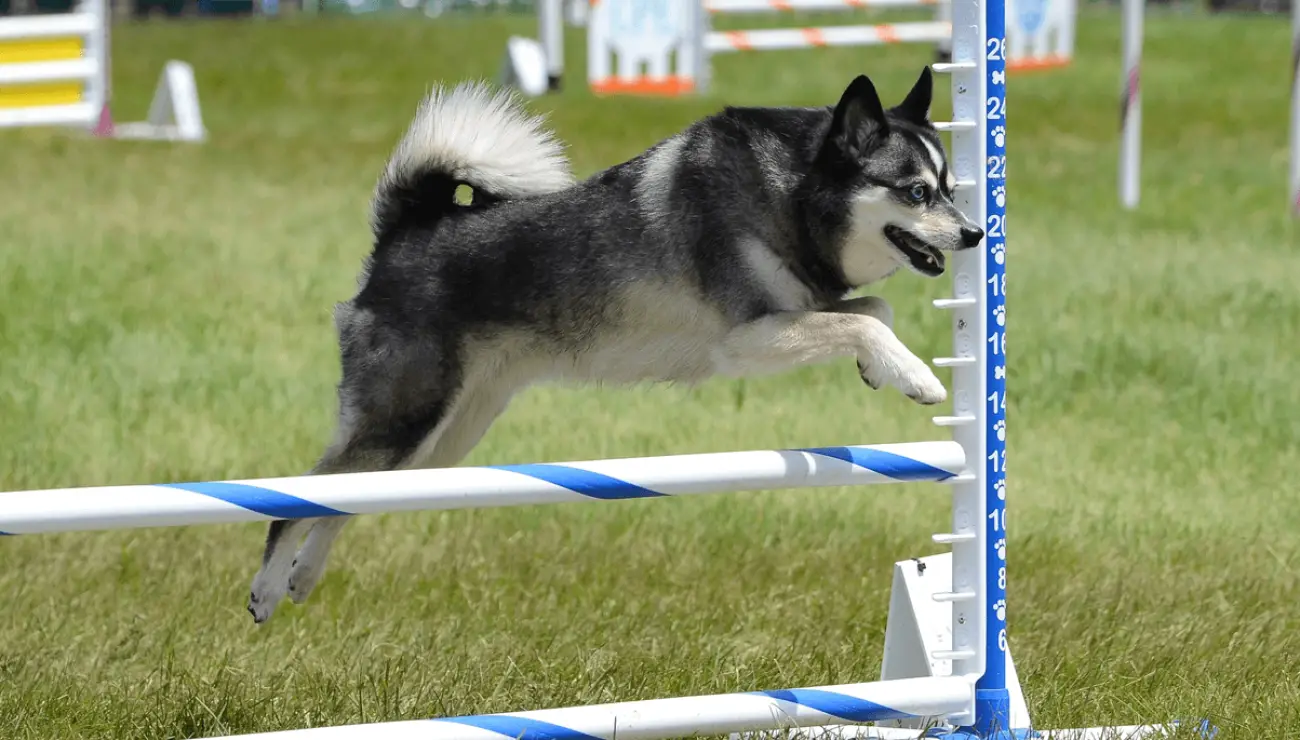
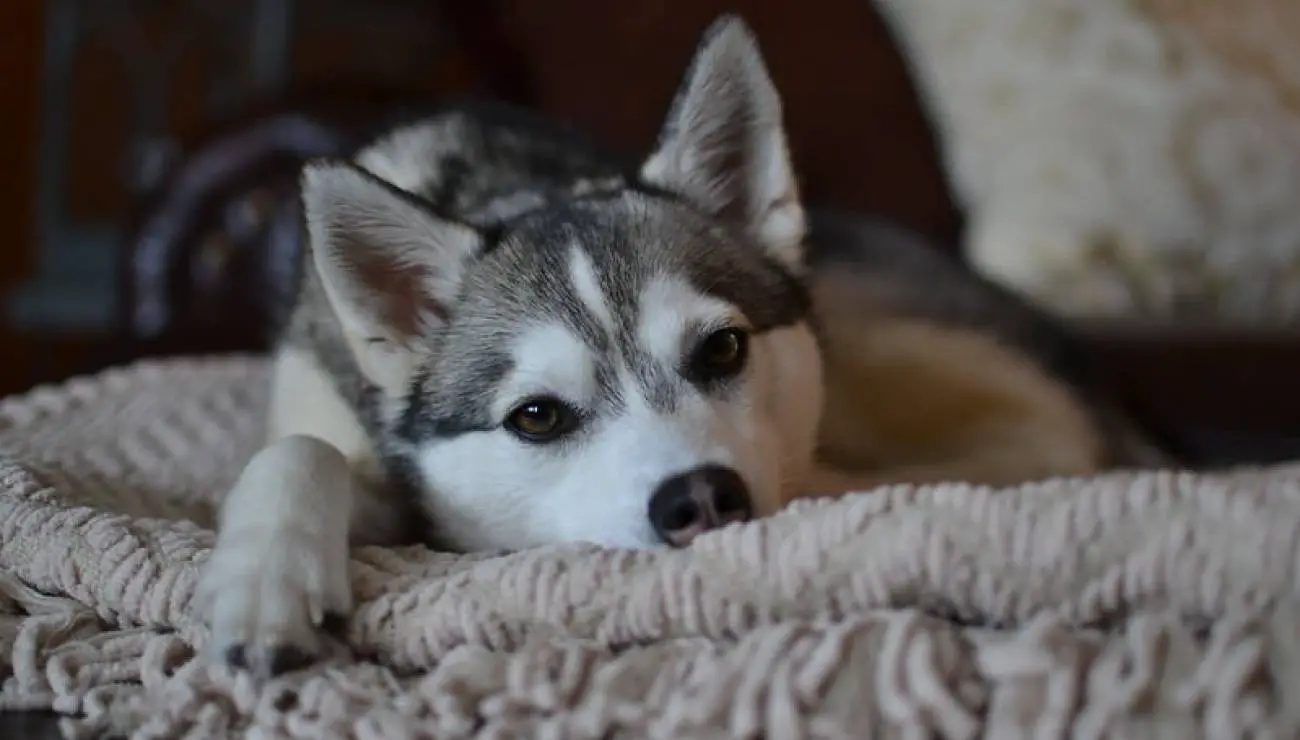
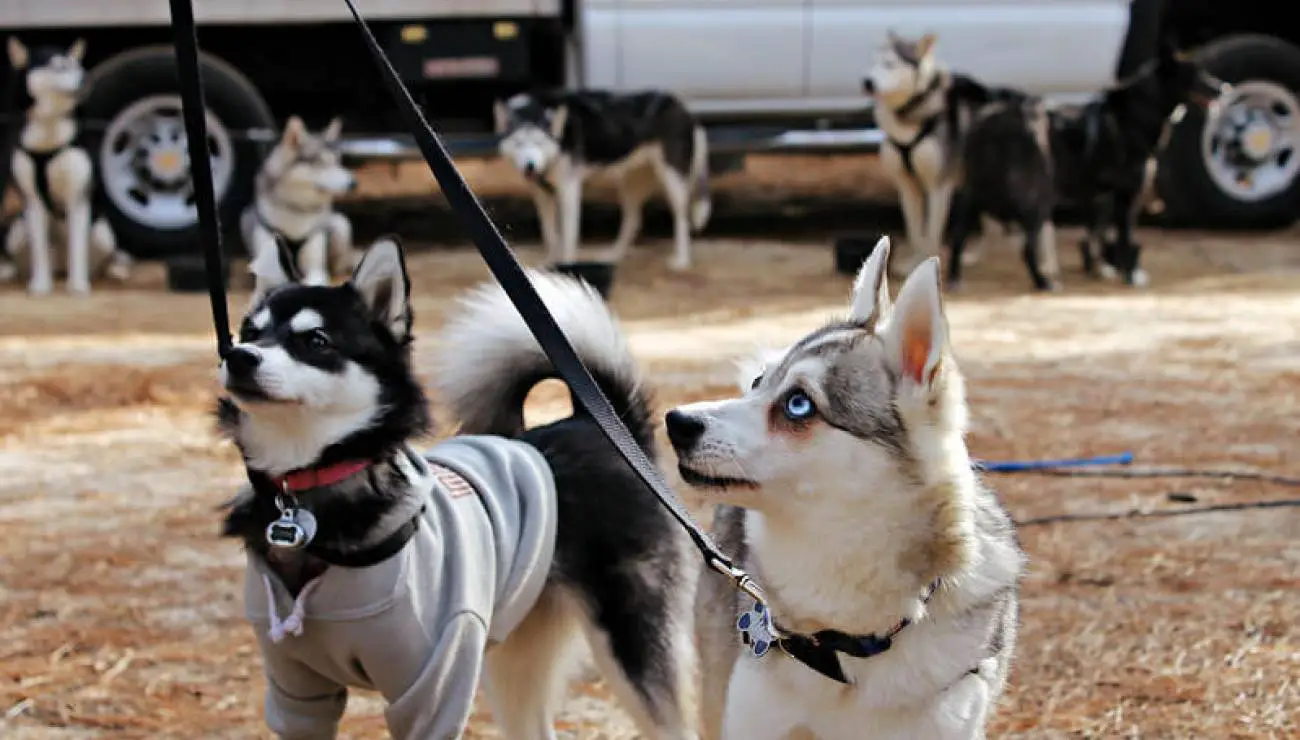
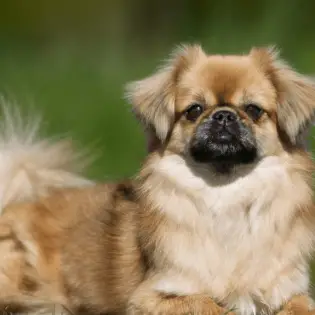
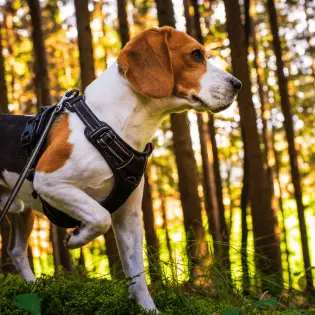
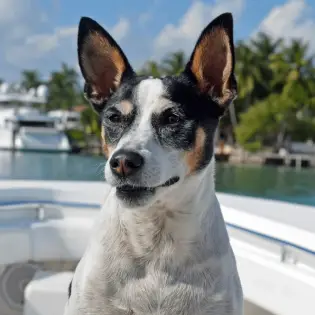
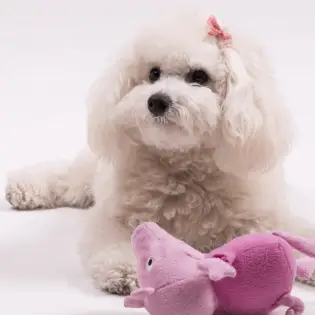
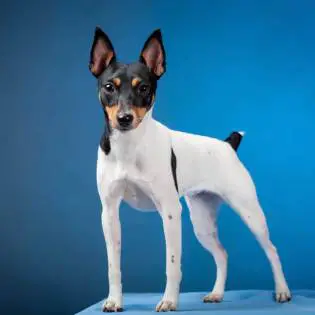
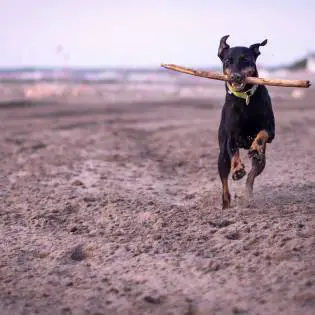
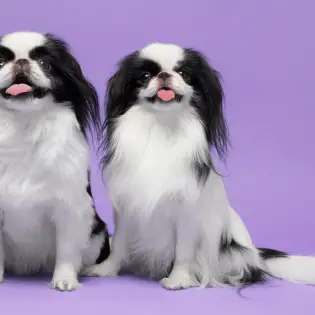
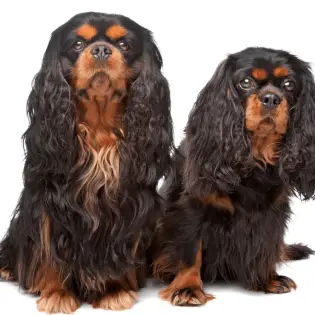
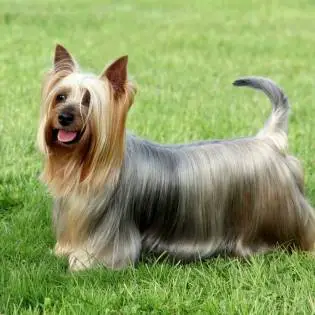
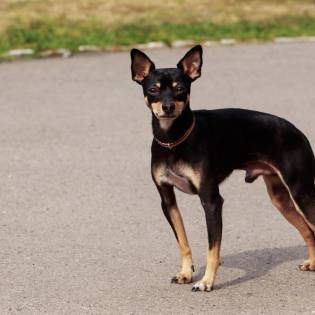

Share